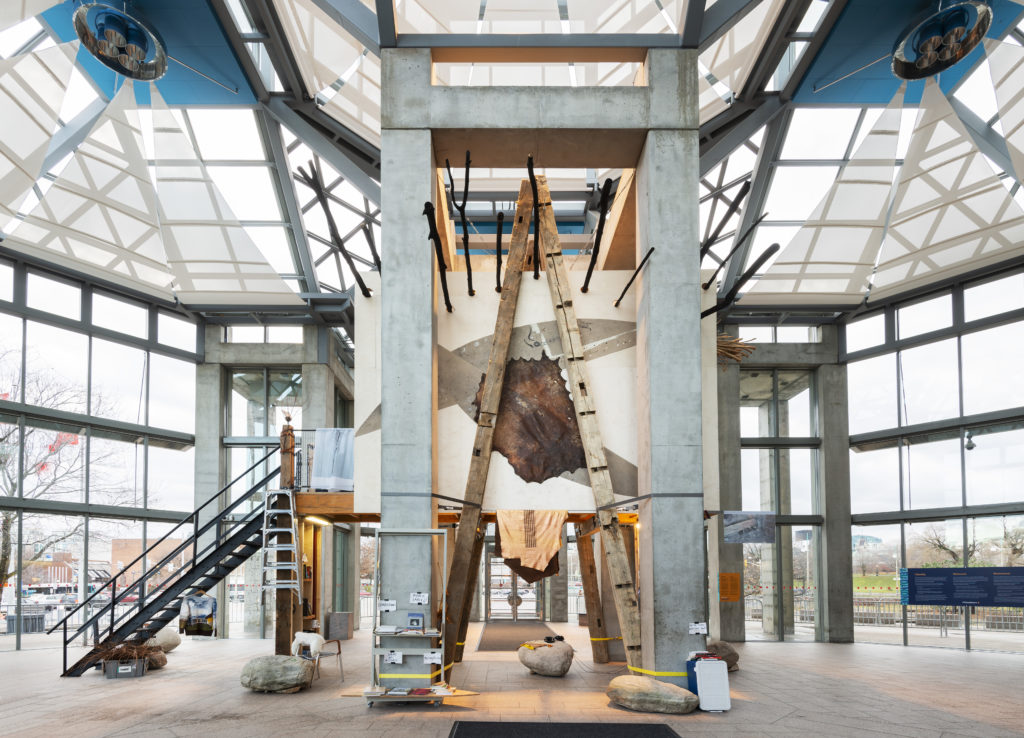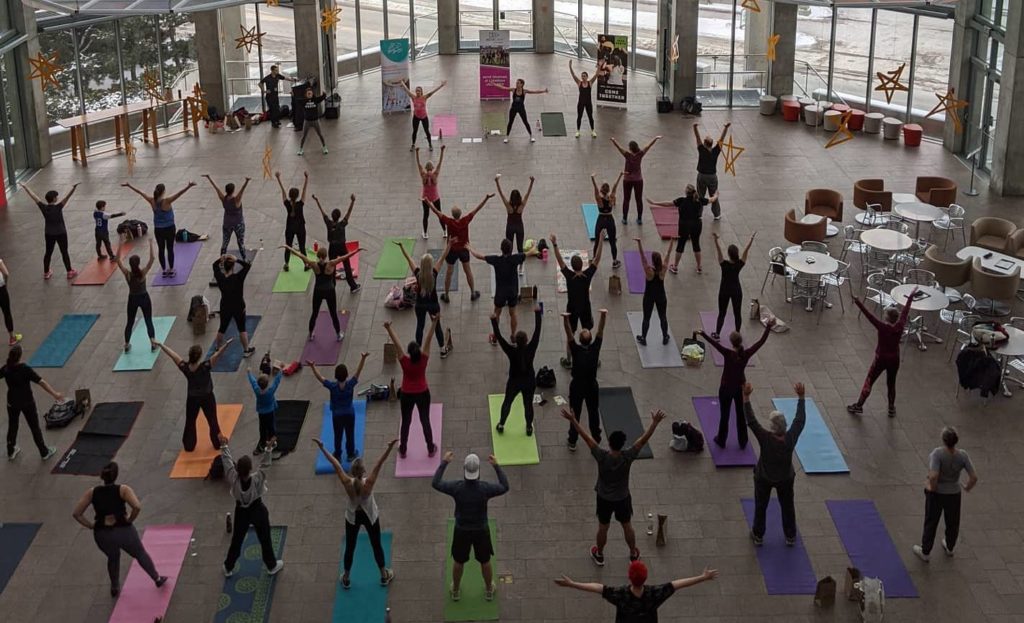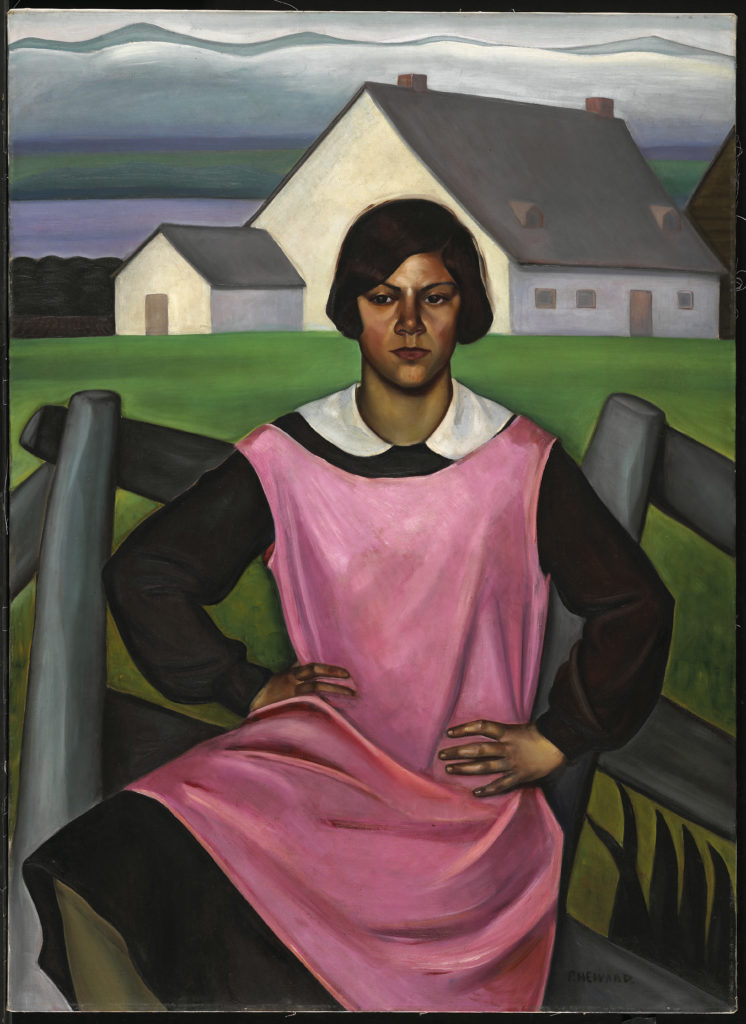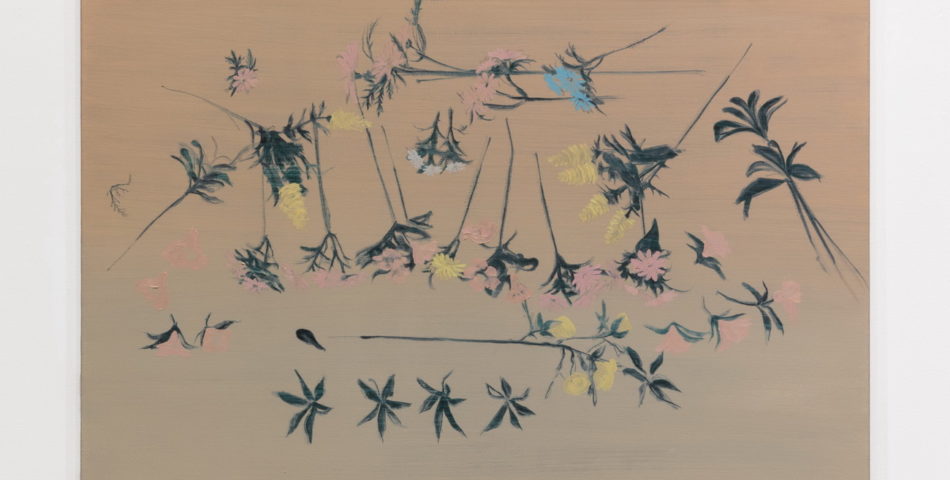Director and CEO of the National Gallery of Canada, Suda became the youngest person to assume the post in over a century when she was appointed in February 2019. Prior to joining the National Gallery, Suda worked at the Metropolitan Museum of Art, and at the Art Gallery of Ontario, first as an assistant curator and eventually as Curator of European Art and the Elliott Chair of Prints & Drawings.
When did you know you’d have a career in art?
My interest in art started at a young age. My parents often brought me to the Royal Ontario Museum and Art Gallery of Ontario in Toronto, and whenever we’d visit my aunt in New York, we’d spend time at the Metropolitan Museum of Art, the Guggenheim, and the Museum of Modern Art. I even had the opportunity to spend eight weeks in Europe as a young girl – I have vivid memories of encountering and being intrigued by art and the long arc of history..
It wasn’t until I was a student at Princeton, studying art history, that I seriously considered pursuing it as a career. I had the opportunity early on to work under a curator of medieval art named Barbara Boehm at the MET, and the experience was transformational. She became a singular mentor and champion of mine, and showed me that it’s not just about your passion for art, but for the institution and for the well-being of the communities you serve.
As a student at Williams College, where I did an MA in art history, I interned for then-Prints and Drawings curator Jim Ganz. Jim taught me about thinking beyond my “expertise” about other media and moments in history. He is now the senior curator of photography at The Getty – a testament to his ability to bridge different areas of expertise.
What was your greatest learning from your first exhibition?
I was the co-ordinating curator for Florence at the Dawn of the Renaissance: Painting and Illumination, 1300–1350, when I was assistant curator at the Art Gallery of Ontario in 2012. The exhibition was co-organized with the J. Paul Getty Museum. It was a great experience – I was able to negotiate and secure loans with senior Italian officials and learn from extraordinary experts in conservation at the Getty. Thanks to all that I learned from my colleagues at The Getty and at lending institutions across Europe and North America, this exhibition changed the direction of my PhD dissertation. It was also a challenging exhibition, as it was unlike any major show mounted at the AGO in the last decade – heady, medieval, and hardly mainstream. I learned a lot about how to compel audiences to engage with the work we do at museums, and I also learned that there is a place for “less obvious” blockbusters.
What is your greatest career achievement?
I feel very lucky to have had some really incredible experiences over the years. Of course, the trajectory of my career has been a product of the choices I’ve made – but I’ve never taken for granted any of the opportunities that have come my way. I’m a “yes” person – I jump into any project that provides a learning opportunity, a compelling conversation, or a glimpse of the bigger picture.
I don’t see my role at the National Gallery of Canada as a personal achievement, but rather, as one of those incredible opportunities that I am honoured to pursue. We are living in such an exciting and uncertain time, when cultural diplomacy and engagement with our Indigenous communities are top of mind for so many Canadians. I am excited to be a part of those conversations, to lead with art excellence, and to embody the values that are so familiar to our country: generosity, open-mindedness, and a full embrace of the unknown.

You’ve said “Art is a must have for every Canadian.” What initiatives make the National Gallery a community hub for art?
That’s correct – art is still viewed as a “nice to have” instead of a “must-have.” It is our job as leaders to push – and hold – the needle in the right direction. There is no shortage of exciting opportunities to inspire Canadians through art, and in museums, the art is our vernacular. It is the universal language that allows us to speak to one another across cultures, divides, and distance.
One of the priorities that I established very early on was to make the gallery welcoming to all, and to lead with art in everything we do. Since then, there have been a number of initiatives that have pushed this priority forward, including moving artworks out of the galleries and into our public spaces, and changing the location of our ticket desk from the lobby into the Scotiabank Great Hall. It’s important for our visitors to know who we are and what we stand for as soon as they cross the threshold from the plaza into the main entrance. Equally important is for them to understand and celebrate the fact that the national collection is their own.

We’ve also implemented a series of programs focused on the well-being of our community, like MoveCamp, a free exercise program that we’ve been hosting in our Great Hall. It’s been amazing to see people of all ages come out and experience art in new ways.
When COVID-19 recedes into the rearview mirror, the gallery is going to become a relentless collaborator. We are in the privileged position to have significant federal funding – we will be looking for ways to be of service to the sector. You can expect our holdings to travel across the country to help stimulate the arts sector.
What do you do for inspiration?
I like to go on walks in the forest. With two soon-to-be-five-year-old twins and a metalworker husband, my life is pretty loud, and the quiet of nature clears my head.
Is there an artist you like that would surprise people?
Prudence Heward. I love the flatness and honesty of her imagery. The gallery has a number of Heward works in its collection, including some beautiful portraits like Anna (c. 1927), Girl on a Hill (1928) and Rollande (1929).

Who would you want to create your portrait?
Otto Dix. He was a portrait maker from the Weimar era. He brings out the beautiful and the sinister, and makes his subjects appear even more compelling than they are.
What has surprised you most about moving to Ottawa?
What a wonderful place it is to live! I also didn’t anticipate how satisfying it would be to gain a better understanding of the federal context of our country, and how much I would learn about Canada just by being here.
What have your two children taught you about making a museum accessible to all ages and demographics?
Frances and Felix, have taught me that museums can be exciting places for young children, and that most of these children will experience our spaces in ways that we could never predict. They’ve also taught me that we all need to be easier on ourselves, because sometimes the most amazing experiences are found in the simplest aspects of the work that we do.
What advice do you have for aspiring curators?
Say yes to a lot of things, don’t pigeonhole yourself within a very specific area of expertise, follow your passion, and talk to people across all fields, all the time. Also, look for inspiration in different places, including radio, podcasts, literature, theatre, and music – some of these areas have advanced further in the way they tell stories than we have.
How did you hear about PIA?
I’m familiar with Partners in Art from my time at the Art Gallery of Ontario. I know their roots within the AGO’s former Women’s Committee, and I’m a huge admirer of all of the incredible works of art that they brought into the collection under those auspices.
Follow the National Gallery of Canada and Sasha Suda
Instagram @natgallerycan / @mbacanada / @sasha.suda
Facebook @National Gallery of Canada / @Musée des beaux-arts du Canada
